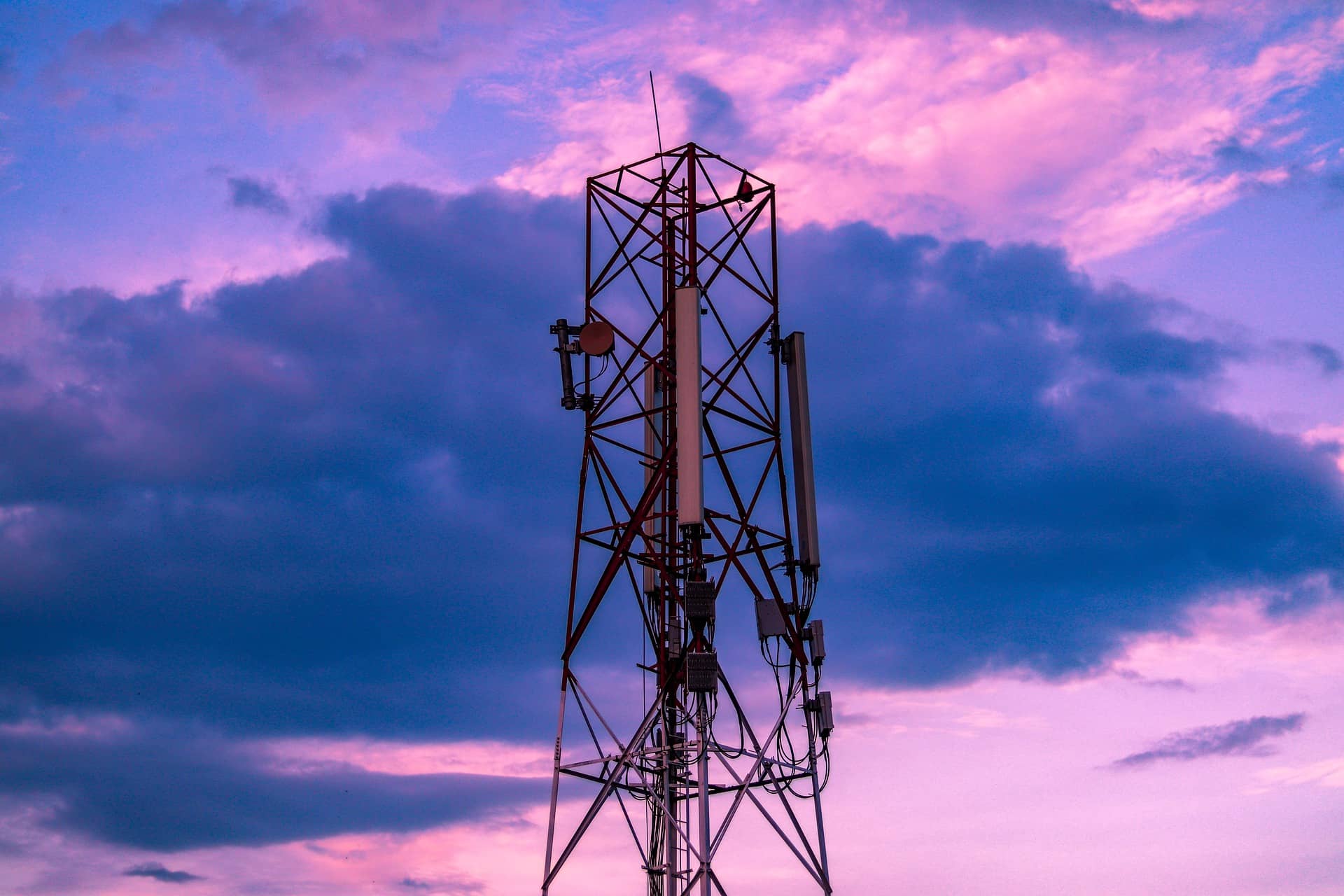
Today, Indian operator Bharti Airtel has announced it has collaborated with Apollo Hospitals and Cisco to demonstrate the potential of 5G-connected ambulances to support patient care during transit to medical facilities.
The 5G Connected Ambulance demonstration, which took place in Bengaluru, was specially built including various patient monitoring applications, medical equipment and other devices, aimed at relaying vital patient information back to the hospital in real-time over 5G.
The set up also includes various onboard cameras and wearable cameras for the paramedics…
Today, Indian operator Bharti Airtel has announced it has collaborated with Apollo Hospitals and Cisco to demonstrate the potential of 5G-connected ambulances to support patient care during transit to medical facilities.
The 5G Connected Ambulance demonstration, which took place in Bengaluru, was specially built including various patient monitoring applications, medical equipment and other devices, aimed at relaying vital patient information back to the hospital in real-time over 5G.
The set up also includes various onboard cameras and wearable cameras for the paramedics.
This will allow doctors back at the hospital to make remote diagnostic decisions and direct the paramedics to perform emergency procedures if required. It will also allow the hospital staff to be better prepared to for the patient’s arrival at the medical facility.
According to Airtel, in the years to come virtual reality (VR) and augmented reality (AR) applications will ultimately allow doctors to virtually guide the paramedics in delivering care.
Beyond transmitting patient data directly, Airtel suggests that the 5G network will also allow for more optimised callouts; the low latency connectivity will allow for more accurate geolocation for ambulances in the field, therefore allowing the nearest ambulance to respond to emergencies.
« Apollo Hospitals have been evangelists of connected ambulances and using these to reduce mortality and utilize the Golden Hour to the benefit of patients. The criticality of the ‘Golden hour’ is well known. It can mean the difference between life and death for seriously ill or trauma patients in an emergency,” explained Dr Sangita Reddy, Joint Managing Director at Apollo Hospitals Group. “The Golden hour is impacted by the facilities in an ambulance and the distance from the Hospital. Studies show that an increased journey distance to the Hospital is associated with an increased risk of mortality, with a 10-km increase in straight-line distance associated with around a 1% absolute increase in mortality. Studies also indicate that pre-hospital time management should become a management objective. These insights propelled us to collaborate with Airtel on the 5G connected ambulance project and use 5G in order to utilise the disruption-free, lag-free connectivity it provides.”
It is also worth remembering that India has yet to officially auction 5G spectrum, having seen numerous delays to the process caused by both the coronavirus pandemic and disagreements over pricing between the government and operators. This week, India’s telecommunications minister announced that the 5G auction process would go ahead in June, despite ongoing disputes.
This ambulance trial, along with numerous others being carried out by the Indian operators, is being done using temporary licences granted by the government last year.
Given the delay in rolling out 5G infrastructure across the country, it will be a long time before 5G coverage is ubiquitous enough to make 5G-connected ambulances a mainstay of Indian healthcare. Nonetheless, this is an important trial in showcasing the ways in which 5G can potentially improve patient care and provides much-needed exposure to the benefits of the technology to the sprawling Indian healthcare system, which often relies on largely outdated communications technologies.
Want to keep up to date with the latest developments in the world of telecoms? Subscriber to receive Total Telecom’s daily newsletter here
Also in the news:

